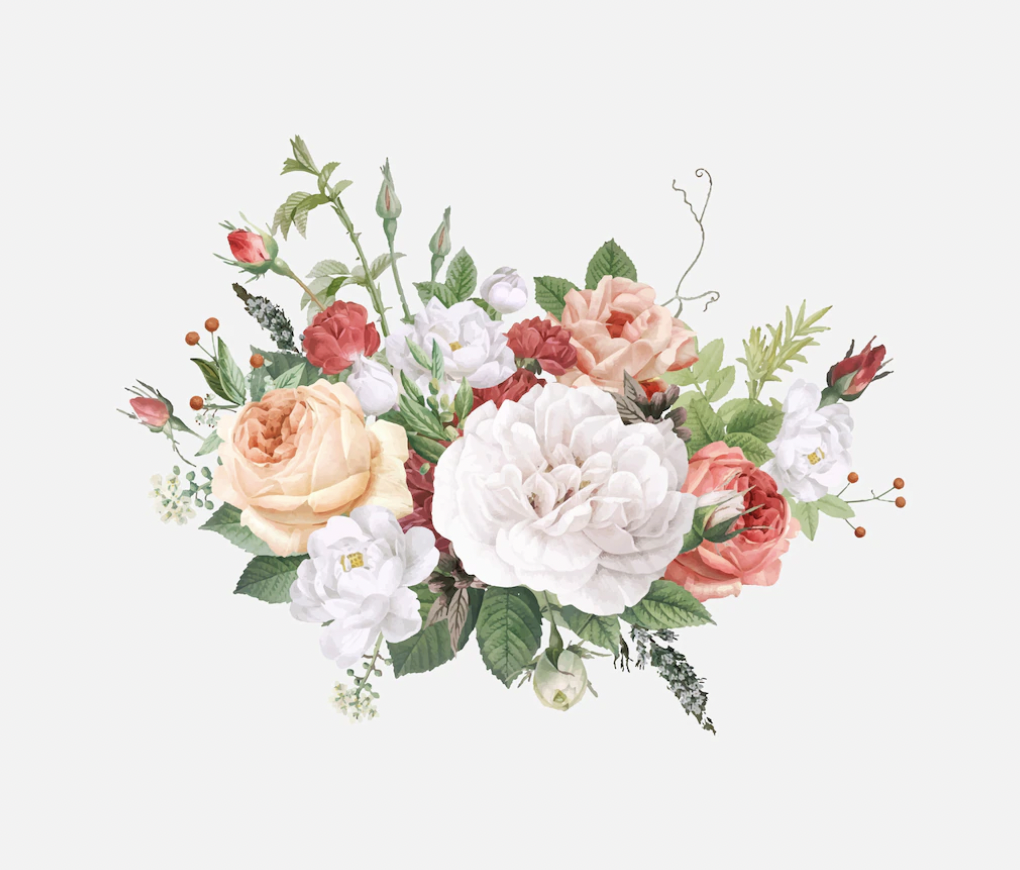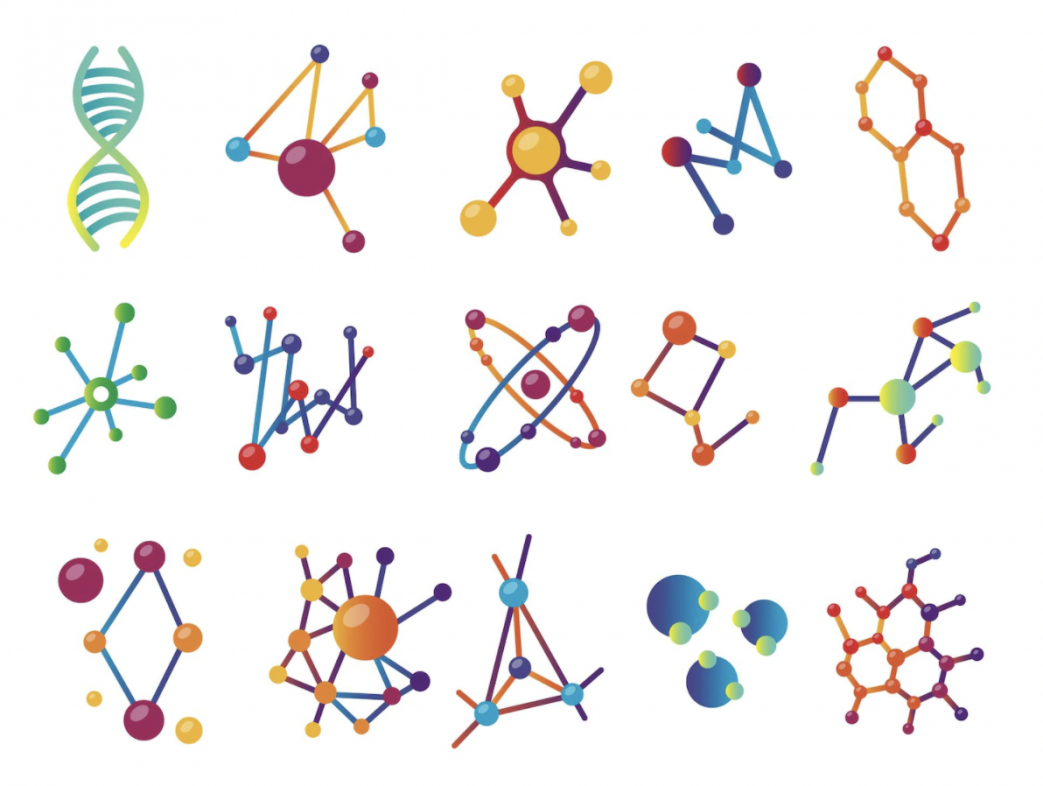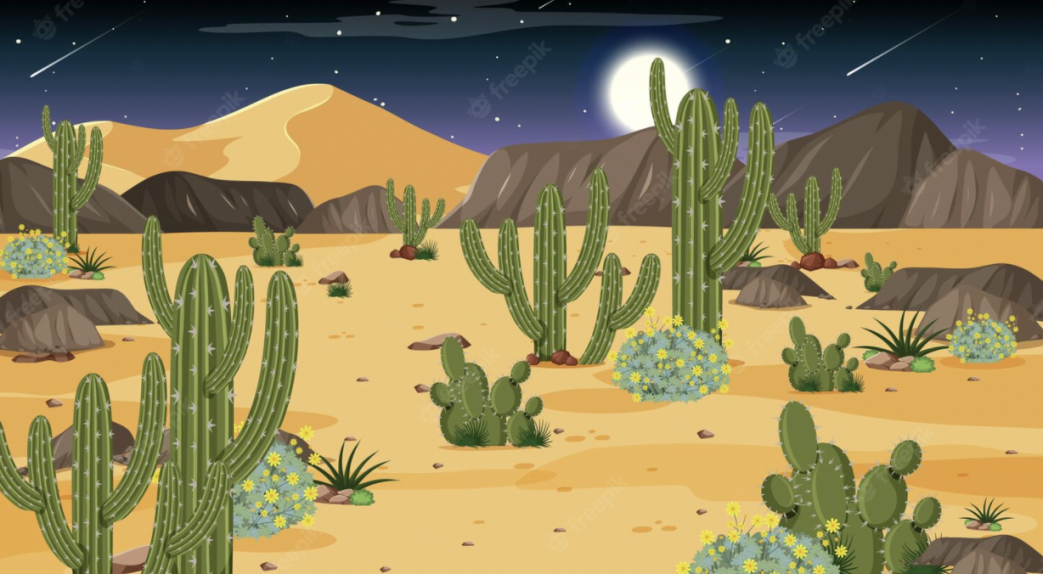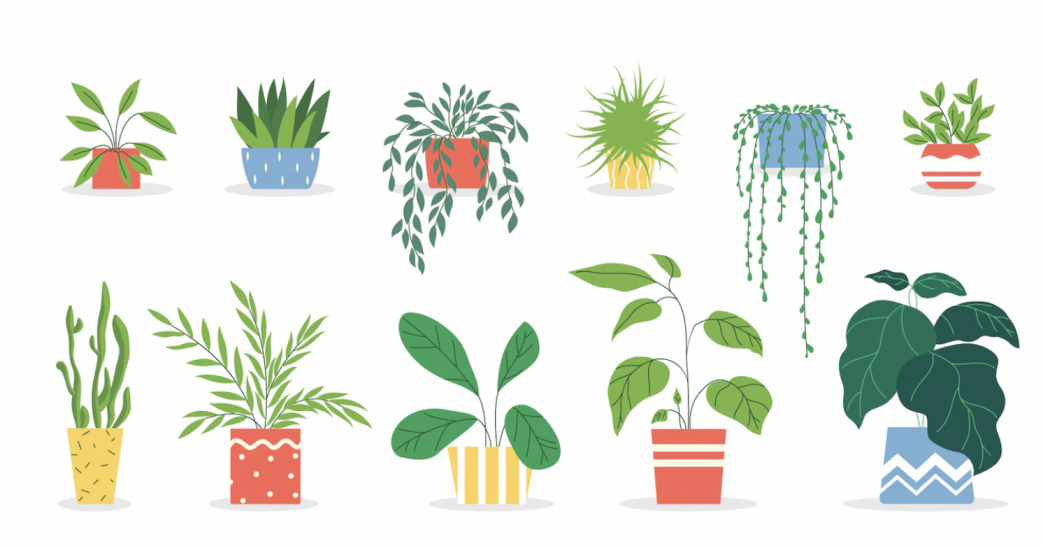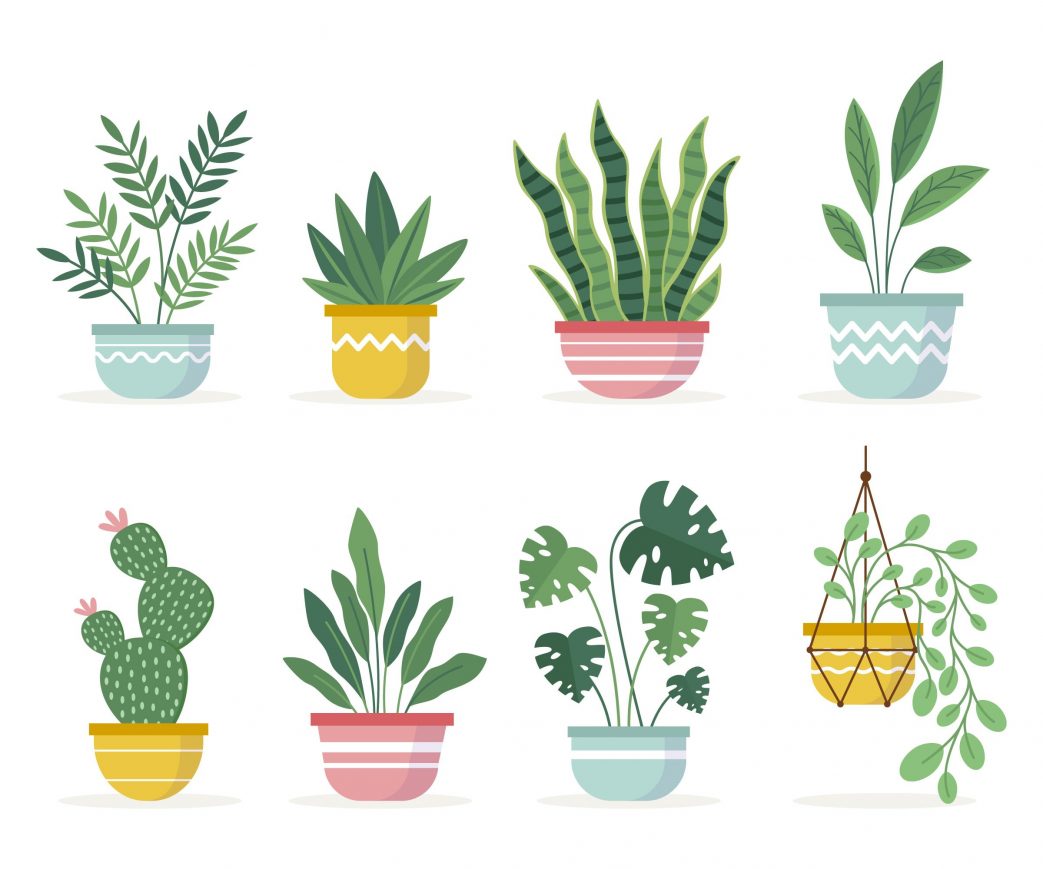The floral diagrams and formulas come up relatively often in the biology olympiad. So knowing how to represent and analyze the different floral whorls is useful. Below are some good resources to help you learn faster how to make the floral diagrams. How to Draw a Floral Diagram (With Diagram) Video 1 Video 2
Plantae: Bryophytes & Vascular Plants
The Kingdom Plantae represents an extremely large group of mostly terrestrial organisms that are photosynthetic. Below you will find a handout about plants. https://www.msu.edu/course/lbs/158h/manual/Plantae.pdf.
Phytochromes
Phytochromes are important pigments for plant growth and flowering. Below you will find a concise outline of the mechanism of action and effects of phytochromes. http://faculty.caes.uga.edu/pthomas/hort4050.web/Hort4050web/Phytochrome%20lecture.ppt
Plant diversity
Here you will find a quick review of plants: from tracheophytes to angiosperms. http://www.eebweb.arizona.edu/faculty/huxman/Huxman_lecture6.2008.pdf
Plant biology: stems
Plant stems are one of the major organs required for long-distance transport of water and biomolecules. In the outline below you will learn about different types and features of stems. ppongam-irsc.weebly.com/uploads/1/9/9/0/19902363/ch04_lecture.ppt
Botany: Stele types
In a vascular plant, the stele is the central part of the root or stem containing the tissues derived from the procambium. These include vascular tissue, in some cases ground tissue (pith) and a pericycle, which, if present, defines the outermost boundary of the stele. In other words, vascular bundle or the stele consists of three tissues: the pericycle, the …
Plant biodiversity
A brief outline of main characteristics of land plants and their adaptations to their living environment. http://eebweb.arizona.edu/faculty/huxman/lecture4.pdf
Plant responses
Plants have many adaptations to respond to their environment in order to successfully live. Here you will find some of these plant responses. http://www.wou.edu/~bledsoek/103materials/presentations/Plant_responses.ppt
Dicot and monoct root anatomy
Below you will find some notes with cross sections of dicot and monocot roots. Quite often you may be asked to make a cross section and view it under the microscope during olympiad and then answer the questions associated with your sample. http://teacher.sanjuan.edu/webpages/dkaragianes/files/dicot_monoct_root_anatomy.pdf
Form & Function in Flowering Plants – Structure & Transport
Here you will find some notes on plant structure and transport. http://teacher.sanjuan.edu/webpages/dkaragianes/files/notes_anatomy_transport.pdf
Floral formulas and diagrams
Recently, tasks asking for floral formulas and diagrams appear more often in olympiads. Below you will find some notes on flowers: http://faculty.etsu.edu/liuc/Lecture%2024.%20Flower-contd.pdf Here you will find digital flower website. All you need to know about flowers and inflorescences: https://uqu.edu.sa/files2/tiny_mce/plugins/filemanager/files/4290002/Lecture%208.pdf.
Plant tissues
In this lecture you will learn about plant tissues. Here you can find some good notes about plant tissues. Image source: Plant vector created by freepik – www.freepik.com
Plant movements
It is very important to know the main plant movements in biology olympiads. Below you can find quite good notes concerning plant movements provided by http://plantsinaction.science.uq.edu.au. For visual information, take a look at amazing plant movement videos here. Here you can find great videos, too. Image source: https://www.freepik.com/free-vector/diagram-showing-plant-cell_6360210.htm#query=plant%20biology&position=38&from_view=search.
Monocots vs Dicots
It is of paramount importance to be able to differentiate between various angiosperms in olympiads. Not only classification, but also anatomical structure is needed to know. So below you can find a brief introduction to monocots and dicots: http://biology.clc.us.edu/. Take a look here at various plants cross sections. Here you can find almost all major plant family floral formulas and …
Plant physiology and reproduction
Recently I have found an amazing website for visual info concerning plants. Take a look here. Besides read through the notes below before every olympiad so that you can be sure you understand plant physiology. http://teacher.sanjuan.edu/webpages/dkaragianes/resources.cfm?subpage=95524. Image source: https://www.freepik.com/vectors/house-plant

